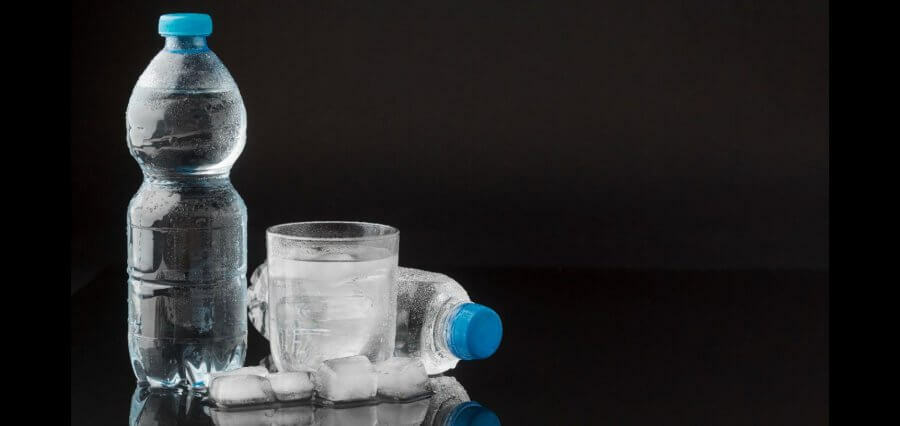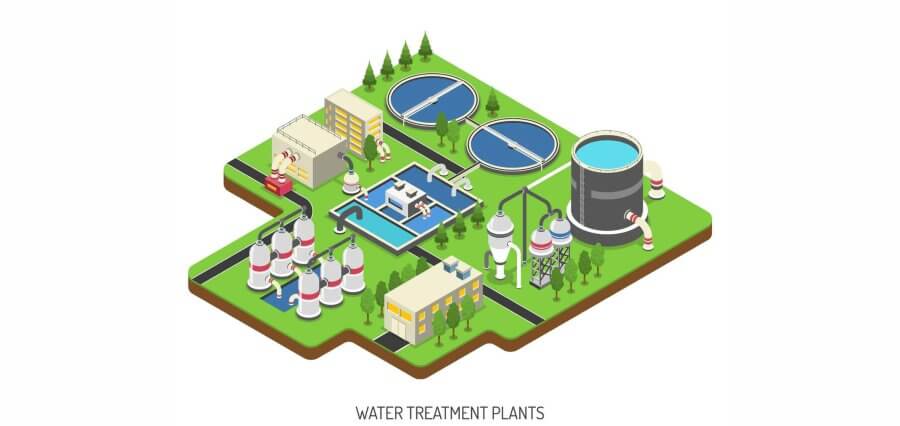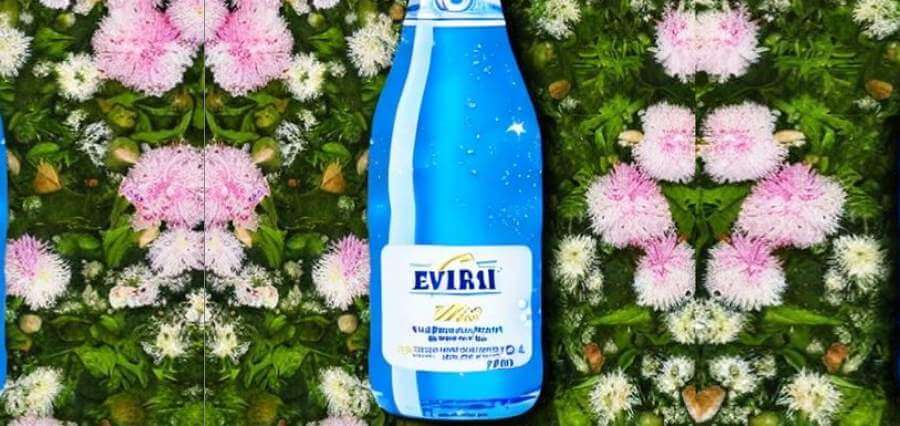Notifications
ALL BUSINESS
COMIDA
DIRECTORIES
ENTERTAINMENT
FINER THINGS
HEALTH
MARKETPLACE
MEMBER's ONLY
MONEY MATTER$
MOTIVATIONAL
NEWS & WEATHER
TECHNOLOGIA
TV NETWORKS
VIDEOS
VOTE USA 2026/2028
INVESTOR RELATIONS
DEV FOR 2025 / 2026
ALL BUSINESS
COMIDA
DIRECTORIES
ENTERTAINMENT
FINER THINGS
HEALTH
MARKETPLACE
MEMBER's ONLY
MONEY MATTER$
MOTIVATIONAL
NEWS & WEATHER
TECHNOLOGIA
TV NETWORKS
VIDEOS
VOTE USA 2026/2028
INVESTOR RELATIONS
DEV FOR 2025 / 2026
About Me
 Latinos Media
Latinos Media Latinos Media provides all types of news feeds on a daily basis to our Members
Posted by - Latinos Media -
on - April 3, 2023 -
Filed in - Salud -
-
0.9K Views - 0 Comments - 0 Likes - 0 Reviews

–Exploring the Importance, Challenges, and Innovations in Ensuring Sustainable Access to Clean Water for All
I feel weak and sick whenever I drink bad water. Some are tasteless and appear clean but still bad. The only way to know is when it is already inside the body. I wish there was an app that could identify bad water through a phone camera. says — Chidiebere Moses Ogbodo
Water covers approximately 71% of the Earth’s surface, but only a small percentage of that water is fresh and available for human use. According to the United Nations, around 2.5% of the Earth’s water is freshwater, and only 1% of that freshwater is easily accessible and available for human consumption. They are mainly under the careful management of the most popular and well-known bottled water brands available worldwide such as –
|
\u25cf Evian
\u25cf Fiji Water \u25cf 808 \u25cf MAI Dubai \u25cf Spritzer(8) \u25cf Vilsa, Bruchhausen- Vilsen. \u25cf Maresca |
\u25cf Voss
\u25cf Nongfu Spring \u25cf San Pellegrino \u25cf Sierra de Cazorla \u25cf Dasani \u25cf Aquafina \u25cf SmartWater \u25cf Nestle Pure Life |
\u25cf Perrier
\u25cf Icelandic Glacial \u25cf Bisleri
|
The total amount of clean water in the world varies depending on the definition of “clean” water. For example, some sources may consider water to be “clean” if it is free from harmful contaminants and pollutants, while others may consider water to be “clean” if it is safe for human consumption.
It is estimated that there are around 10.6 million cubic kilometers (2.5 million cubic miles) of freshwater on Earth, which includes water in rivers, lakes, and underground aquifers. However, much of this water is not readily available for human use, either because it is located in remote areas or because it is contaminated with pollutants.
Clean Water Should Be Free – it is a human right
Access to clean and safe water is a significant global challenge, with millions of people around the world lacking access to reliable sources of drinking water. Efforts are underway to improve water quality and increase access to safe water sources, but there is still much work to be done to ensure that everyone has access to this essential resource.
Access to clean and safe water is a fundamental human right, but unfortunately, it is not always available to everyone. Contaminated water can be a source of numerous diseases, and many people around the world suffer from illnesses that are caused by poor water quality and some of the most common ones are:
These are just a few examples of diseases that can be caused by contaminated water. The World Health Organization estimates that around 1.8 billion people around the world drink water that is contaminated with fecal matter, leading to the spread of waterborne illnesses.
The Best Solution To Bad Water – anybody can do some of them:
It is essential to take measures to prevent the spread of waterborne diseases. This includes ensuring that water sources are properly treated and disinfected before use, practicing good hygiene and sanitation practices, and providing access to safe water sources in areas where water quality is poor.
As you would agree, water is essential for life, and it is used for a wide range of purposes such as drinking, cooking, bathing, and irrigation. However, if the water is contaminated, it can lead to the spread of diseases. By taking steps to improve water quality, we can reduce the burden of waterborne diseases and improve the health and well-being of people around the world.
The best and easiest solution to bad water depends on the specific situation and the underlying causes of the water quality problems. However, here are some general solutions that can help improve water quality:
It is important to note that improving water quality and access to clean water is a complex issue that requires collaboration and coordination among various stakeholders, including governments, communities, and international organizations. While there is no one-size-fits-all solution to bad water, implementing a combination of the solutions listed above can help improve water quality and ensure that everyone has access to safe and clean water.
“Many Diseases Come From Water, Drink Responsibly,” says Chidiebere Moses Ogbodo
While contaminated water can certainly be a source of disease-causing agents, not all diseases start from bad water. There are many other factors that can contribute to the development of a disease, including genetics, lifestyle choices, exposure to pollutants, infections from other people or animals, and more. However, access to clean and safe water is important for maintaining good health and preventing the spread of waterborne illnesses.
Some Countries With Limited Access To Good Water:
Access to clean and safe water is a global challenge, with millions of people around the world lacking access to reliable sources of drinking water. However, some countries face more significant challenges than others in terms of water scarcity and poor water quality, but these countries currently face the greatest challenges in providing access to clean water:
Other countries that face significant challenges in providing access to clean water include Ethiopia, Nigeria, India, and Bangladesh, among others.
Efforts are underway to improve water quality and increase access to safe water sources in these and other countries, but much work remains to be done to ensure that everyone has access to this essential resource.

New Technologies and Innovation for Water Management
Water is a critical resource for human health and well-being, and as such, there is a constant need for new technologies and innovations to improve water access, quality, and sustainability. Here are some examples of recent innovations in water technology:
Many new technologies and innovations are being developed to address the water challenges facing our world today. As the water demand continues to grow, we must continue to invest in these and other technologies to ensure that everyone has access to safe, clean, and sustainable water resources.

Imagine a World Where Water is Sufficient for Everyone:
In a world where there is sufficient water for everyone, there would be many positive changes in society. For one, people would no longer have to worry about water scarcity or access to clean water. This would eliminate many of the health and safety concerns that arise from contaminated or insufficient water supplies.
In such a world, agriculture and food production would also be greatly improved. Farmers would be able to grow crops more easily, and food shortages would be less common. Industries that rely on water, such as manufacturing and energy production, would also benefit from a stable and abundant water supply.
The environment would also benefit from sufficient water for everyone. Wetlands and other ecosystems that rely on water would thrive, and biodiversity would be preserved. Rivers, lakes, and other bodies of water would be cleaner and less polluted, creating a healthier environment for humans and wildlife.
Overall, a world with sufficient water for everyone would be a more just and equitable world. The fundamental human right to access safe and clean water would be fulfilled, and people could focus on improving their lives without the burden of water-related issues. It is essential that we work towards achieving this goal, by investing in water infrastructure, conservation efforts, and innovative technologies.
The Future of Water -supply, management, innovation and possible crisis
The future of water is a complex issue, and it will be influenced by many factors such as population growth, climate change, technological advancements, and political and economic factors. Here are some possible scenarios for the future of water supply, management, innovation, and crisis:
In conclusion, water is a precious resource that is essential for human survival, agriculture, industry, and the environment. However, many people around the world lack access to safe and clean water, and this can lead to a range of health, social, and economic issues.
The future of water is complex, and it will be influenced by factors such as population growth, climate change, technological advancements, and political and economic factors. Innovative technologies such as cloud-based water management systems, smart water meters, and nanofiltration will help to improve the efficiency of water use and reduce waste. Desalination technology will continue to improve, and water reuse will become increasingly important.
To ensure a sustainable future for water, there needs to be significant investment in water infrastructure, the development of new water sources, and the implementation of innovative water management strategies. Collaboration and proactive action are necessary to address the challenges of water scarcity and climate change and to ensure that everyone has access to safe and clean water. Its vitality requires careful management, conservation, and investment. By taking proactive steps to address the challenges of the future, we can ensure a sustainable and equitable future for water, and create a healthier, more just world for all.
–by Chidiebere Moses Ogbodo
The post The Future of Water: Innovations, Challenges, and Solutions appeared first on Insights Care.